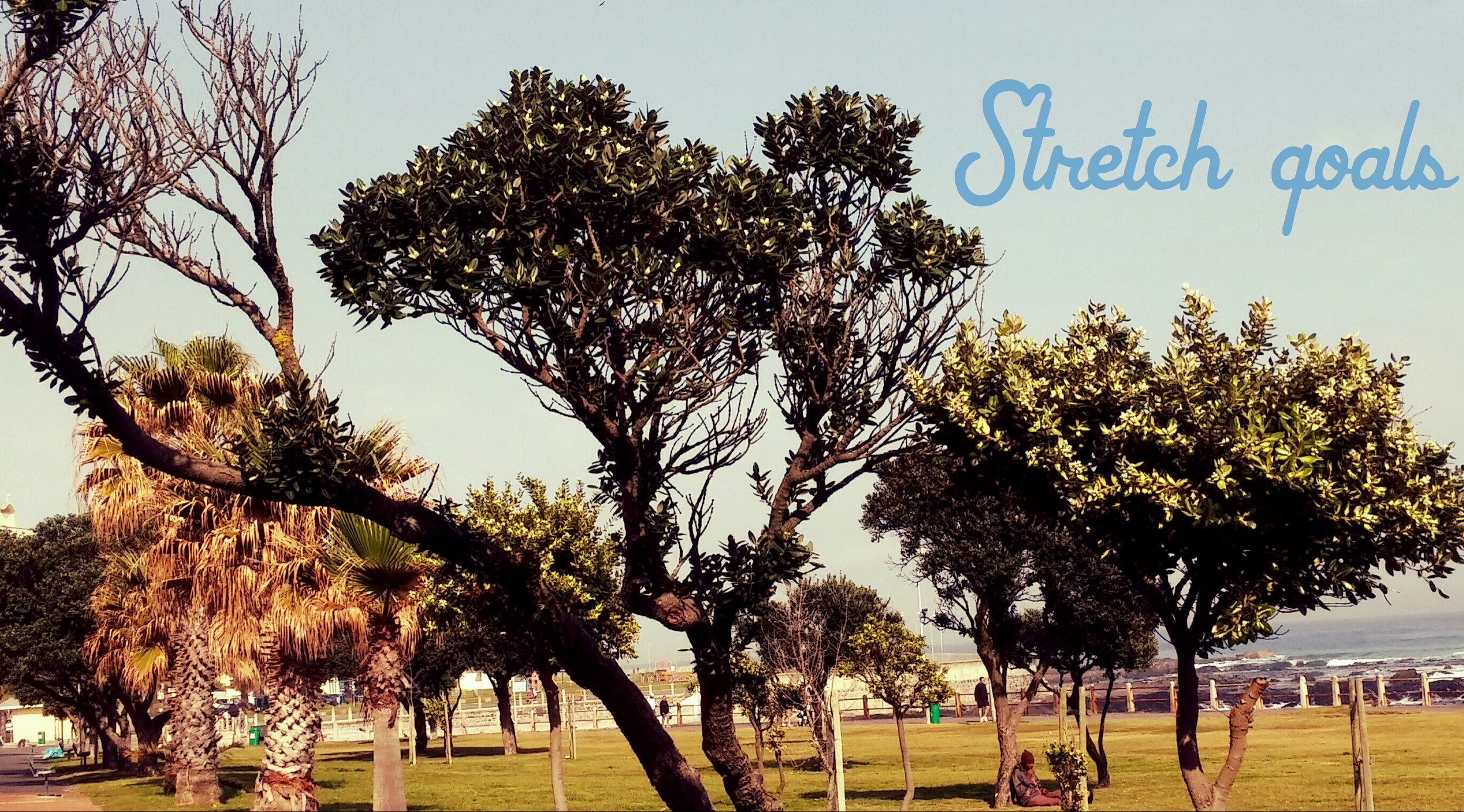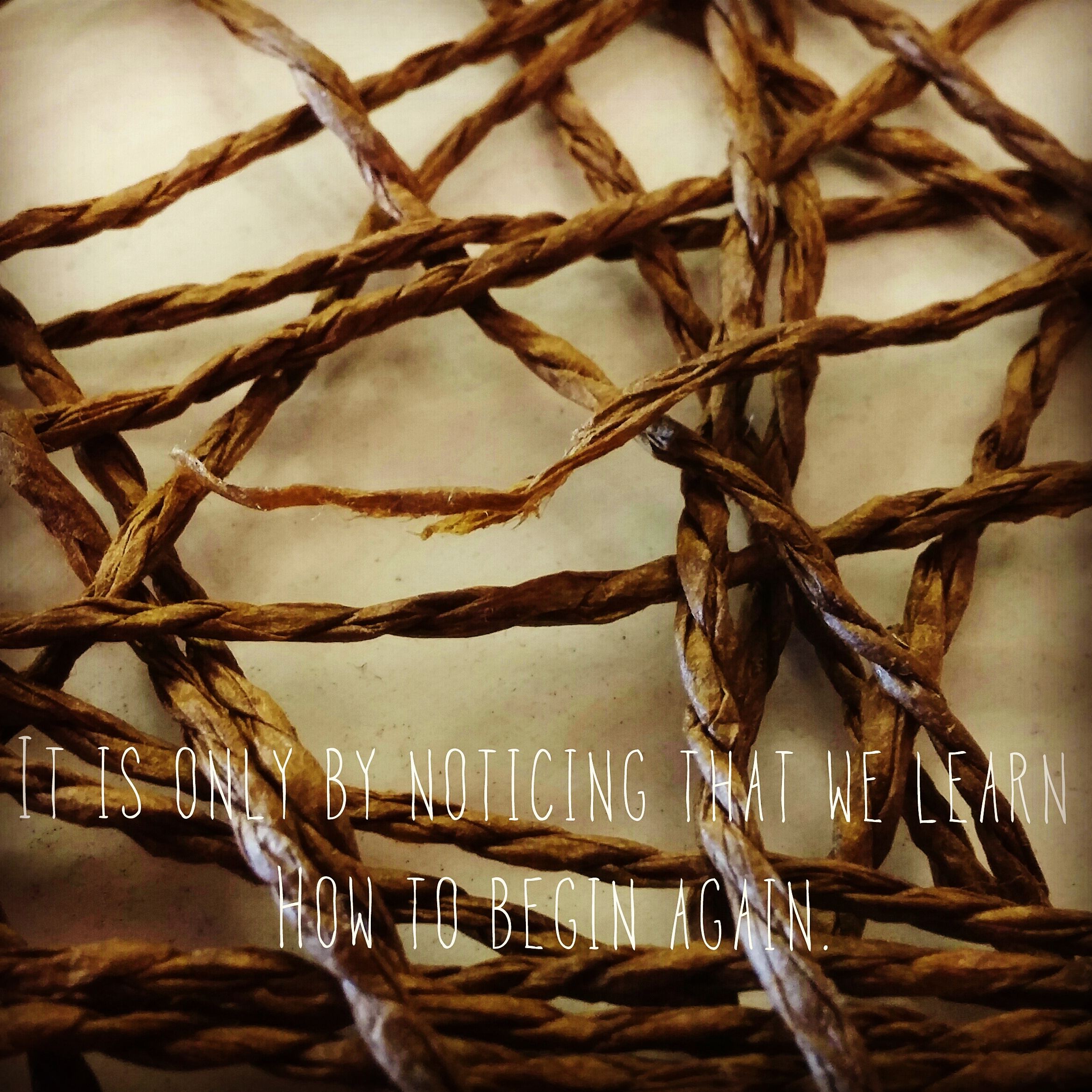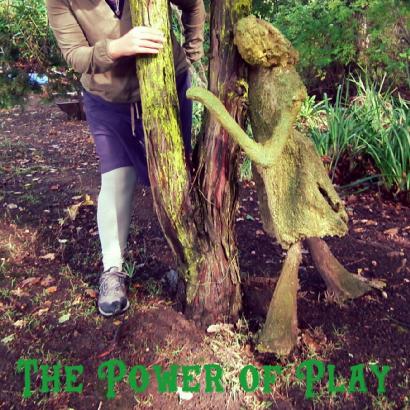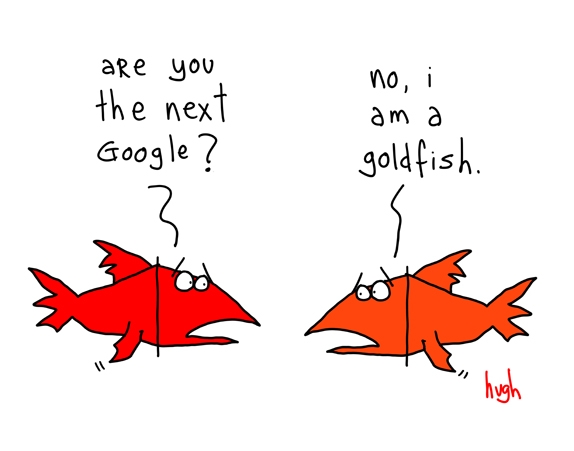Leading with PACE: Better Business Impact without the Burnout
 With news that South Africa faces a real slowdown in terms of economic growth for 2014 and forecast for even greater downward trends in 2015, the questions become, "How does one do more with less? How does one run a business which can create a better business impact without increasing the burnout of one's employees and one's self?"
There is a new model for leadership which addresses these things. It is called PACE based leadership. Its philosophical underpinnings are grounded in four new leadership practices which take into account the need to create greater traction with less resources. Leading with PACE focuses on Play, Agility, Curiosity and Energy to achieve this.
With news that South Africa faces a real slowdown in terms of economic growth for 2014 and forecast for even greater downward trends in 2015, the questions become, "How does one do more with less? How does one run a business which can create a better business impact without increasing the burnout of one's employees and one's self?"
There is a new model for leadership which addresses these things. It is called PACE based leadership. Its philosophical underpinnings are grounded in four new leadership practices which take into account the need to create greater traction with less resources. Leading with PACE focuses on Play, Agility, Curiosity and Energy to achieve this.
 When leaders adopt a playful mindset to the work which needs to get done, they become more comfortable in a world where boundaries aren't clearly defined and the landscape changes at a rate which is difficult to predict. It is not so much about building play activities into one's job. It is more about reminding oneself that when one is playful, we bring a sense of the present, of being mindful in the moment and a sense of focus to the work we are engaged in.
When leaders adopt a playful mindset to the work which needs to get done, they become more comfortable in a world where boundaries aren't clearly defined and the landscape changes at a rate which is difficult to predict. It is not so much about building play activities into one's job. It is more about reminding oneself that when one is playful, we bring a sense of the present, of being mindful in the moment and a sense of focus to the work we are engaged in.
There has always been a misguided comfort in the belief that the Business of Business is Business. Unfortunately this kind of thinking leaves one open to the very real danger of Overseriousness where work no longer feels like an adventure, where we start feeling cynical about the processes we are engaged in, disconnected from our colleagues, fueled with fatigue at what lies ahead and scared of taking risks and innovating beyond the known.
For Lego, the largest toy company in the world, when we adapt a playful approach, when we remember the joy of seeing work as play, as the place where we don't know the outcome of our endeavour, our attitudes change; we become more courageous and realigned to the work we do.
 Agility, the second part of the Pace based leadership model reminds us that being comfortable with changing course mid-direction is an important leadership quality to be able to call on. Apple is notorious for driving its professionals crazy for their constant mid directional changes. They are however changes which have built it into the most admired company, according to Forbes, in the world. Agile leaders are able to better mitigate their risks and hear the footsteps of the future approaching. Being agile, like being playful, is never just about one decision. It is an approach to leading.
Agility, the second part of the Pace based leadership model reminds us that being comfortable with changing course mid-direction is an important leadership quality to be able to call on. Apple is notorious for driving its professionals crazy for their constant mid directional changes. They are however changes which have built it into the most admired company, according to Forbes, in the world. Agile leaders are able to better mitigate their risks and hear the footsteps of the future approaching. Being agile, like being playful, is never just about one decision. It is an approach to leading.
Curiosity, the third piece to the PACE model of leadership, is an enabler of agile and playful practices. When we are curious, we notice other opportunities, we let go of our assumptions and make better commercial decisions; curious leaders are more able to rid themselves of dogma, prejudice and judgement. Being able to notice helps us to unlearn, to begin again in the middle, if need be.
 When we lead with PACE, we lead at a rate that feels resonant for each and every one of us. It requires that we change our mindset from focusing on the time we have available to the energy required to complete the task at hand.
When we lead with PACE, we lead at a rate that feels resonant for each and every one of us. It requires that we change our mindset from focusing on the time we have available to the energy required to complete the task at hand.
Leading with PACE gives us the tools to reframe our thinking, engage and connect meaningfully with others and avoid the burnout so often associated with trying to match the speed of the environment we are operating in. It provides counter tools to the traditional methods of control and command and enables leaders to reshape their leadership challenges with energy, ease and insight.
 Elaine Rumboll has developed a one day masterclass on Leading with PACE. The programme has been designed for organisations looking to generate a more meaningful impact through less resources, and to gain more traction through a more fulfilling way of leading and doing. For a detailed description of what the masterclass entails, download the pdf here.
Elaine Rumboll has developed a one day masterclass on Leading with PACE. The programme has been designed for organisations looking to generate a more meaningful impact through less resources, and to gain more traction through a more fulfilling way of leading and doing. For a detailed description of what the masterclass entails, download the pdf here.
Truths, Trends and Trifles in Business Education - A Hacker's Guide
 One of the most important issues we are currently facing as business educators, and certainly in the field of executive education is the ability to separate out the truths from the trends and the trends from the trifles. I am indebted to my partner, Dave Duarte for this elegant distinction between these three lenses. It is well worth reading his blog post on this as it relates to the problematics of Social Media strategies.
Truths
One of the most important issues we are currently facing as business educators, and certainly in the field of executive education is the ability to separate out the truths from the trends and the trends from the trifles. I am indebted to my partner, Dave Duarte for this elegant distinction between these three lenses. It is well worth reading his blog post on this as it relates to the problematics of Social Media strategies.
Truths
 The truth of what it is that you do will have an element which is unchanging. What is is in the nature of your work that is fixed and utterly aligned to your purpose? In my work it is the understanding that for leaders to have impact they need different practices - the ability to manage their energy and attention, working with questions rather than answers, seeing themselves as coaches and resources rather than controllers. This is the "why" of the work that I do. It is useful to spend an inordinate amount of time to really get to the nub of your why. In going slow to go fast here you really do create a landscape that you can align emergent trends around.Another way of articulating the "why" is perhaps around the idea of Purpose.
The truth of what it is that you do will have an element which is unchanging. What is is in the nature of your work that is fixed and utterly aligned to your purpose? In my work it is the understanding that for leaders to have impact they need different practices - the ability to manage their energy and attention, working with questions rather than answers, seeing themselves as coaches and resources rather than controllers. This is the "why" of the work that I do. It is useful to spend an inordinate amount of time to really get to the nub of your why. In going slow to go fast here you really do create a landscape that you can align emergent trends around.Another way of articulating the "why" is perhaps around the idea of Purpose.
Trends
Trends, on the other hand, are what are appearing on your horizon that are creating shifts in behaviour and will impact on the work you do. Trends are the "What". A trend is something which you can choose to see and align to your Why. Not every trend will be meaningful to the work that you do but if you can pick two or three things that have impact these are the ones to spend time on crafting alignment and responses. In my world, the trends that impact on what I do are the drive for responsible leadership, the attention economy, information overload, learning on demand, and the upsurgence of collaborative technologies. Understanding the importance of these trends allows me to craft responses that may well be meaningful in my search to help leaders bild practices that help them achieve greater impact - like using Curiosity as a lens to filter the quality of our attention, building a model around Productive Presencing which helps us manage our attention and energy at work, constructing an attention audit to help engage with negative voices in our heads and agility as a leader's toolkit for building practises that help us change course mid direction and encourage the perspectives of others in our decision making. Trends generally have upwards of a 15 year lifespan which means that their impact is significant.
Trifles on the other hand are those fabulously sexy tools which are here today, gone tomorrow. Like Zite, or Foursquare, Ning, Facebook or Twitter. They are the "How" of what it is we do - applications which we can use expediently to get our message across but which we can equally abandon for another platform which might serve us better at a later stage. One of the issues with the age we live in is that we are just too busy to make these distinctions and often risk pouring an enormous amount of energy and capital into trifles rather than the alignment of particular trends with our truths. Overinvesting in a trifle hurts your business and erodes your truth. Often the mistake trendforecasters make is to focus on the trifles whihc three years down the line are gone.
It is my hope that these three lenses will serve you well in your own decisionmaking around what to track and what to use. As a hack, it is really just about remembering what is the Why (Truths), what is your What (Trends) and what is your How (Trifles). In an information-rich world this might well be an important filter.
Happy hacking.
A talk to be given tomorrow at the EFMD Annual Conference in Brussels, Belgium.
When Work no longer works
 I remember when Work was the place you went to, to get things done. Increasingly I find that when I really have to get things done - which in my industry is coming up with new ideas and designs for executive leadership development work (apart from managing a whole lot of people and bringing in revenue), work is probably the last place I would think of to do this well. Why is this? Well, frankly work is the place where I am interrupted a lot by others, where unexpected demands happen and where there is little time to think slowly, deeply and well. For a truly wonderous and succinct description for the world of work as interruption, Jason Fried's talk at TED on why work doesn't happen at work is a gem.
I have become interested in this because I have to give a plenary session in two weeks time at The Future of Learning conference - a crosss continental initiative hosted by Ashridge, Melbourne Business School and UCT GSB.
I remember when Work was the place you went to, to get things done. Increasingly I find that when I really have to get things done - which in my industry is coming up with new ideas and designs for executive leadership development work (apart from managing a whole lot of people and bringing in revenue), work is probably the last place I would think of to do this well. Why is this? Well, frankly work is the place where I am interrupted a lot by others, where unexpected demands happen and where there is little time to think slowly, deeply and well. For a truly wonderous and succinct description for the world of work as interruption, Jason Fried's talk at TED on why work doesn't happen at work is a gem.
I have become interested in this because I have to give a plenary session in two weeks time at The Future of Learning conference - a crosss continental initiative hosted by Ashridge, Melbourne Business School and UCT GSB.
The irony is that as I write this, it is not from work. I am doing this from home today - where I generally think very well. The topic of my paper is Learner Readiness -which within this context is rather paradoxical. If we no longer work well at work, where else are we learning and what kind of readiness for learning should we be building? I am in agreement with the move towards learning as a lifestyle and Dave Duarte's superb insightson this - where learning is a way of being, not just something which happens in very particular places - but rather as something which is part of what we do in multiple spaces to be enriched and fulfilled human beings.
Remember that old chestnut, the 70/20/10 Model which said 70% of learning happens on the job, 20% comes from observing and working with role models at work and 10% comes from formal training. What do we do now when increasingly, what we teach impacts people in their personal and professional lives? The model does not allow for home as a place of learning. Neither does it allow for the very real impact of coaching would would perhaps change the 20% rule significantly. I would say that today 10% of learning happens at work, upwards of 50% through coaching - either executive or peer and that upwards of 40% happens in those other places where home is a significant player - because with the addition of new technologies -we are no longer able to discretely box 'work' into the thing we do at the office.
I think this shift has a significant impact on what we design for organisations when it comes to their leadership development and critically when it comes to building learner readiness because it is no longer readiness just for the office but in actual fact readiness as a way of engaging in the world through the multiple places where we learn continuously.


